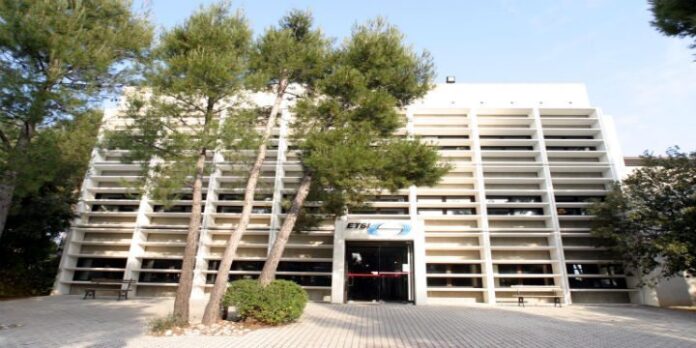The European Telecommunications Standards Institute continued to push development of a common standard for network function virtualization deployments, recently releasing nine NFV-related draft documents for public comment as well as announcing new leadership of its initiative.
ETSI said the documents “describe an infrastructure overview, the virtualized network functions architecture and the compute, hypervisor and infrastructure network domains. They also cover management and orchestration, resiliency, interfaces and abstractions and security.”
Following a comment period on the documents, ETSI said it plans to publish this first phase of its NFV initiative by the end of the year. The second phase of those plans kicked off at the recent ETSI NFV Industry Specification Group meeting in Santa Clara, Calif. At that event the group elected new leadership; moved from the “requirements phase” to the “implementation phase” of its work; “revisited the ISG operational structure” as part of that transition; and discussed future plans.
That new leadership included the naming of AT&T’s Steven Wright as chairman of the NFV ISG, replacing Hewlett-Packard’s Prodip Sen; and naming NTT DoCoMo’s Tetsuya Nakamura as vice-chair, replacing Deutsche Telekom’s Uwe Michel.
“Interoperability is a key objective for network operators,” said CableLab’s Don Clarke, chair of the NFV NOC, coming out of the latest meeting. “In the next phase we intend to intensify our efforts towards achieving interoperability for NFV, which includes normative work where appropriate, formalized dialogue with other industry and standards organizations including open source communities, and a continued emphasis on encouraging open NFV implementations and proof of concepts.”
ETSI earlier this year announced a strategic partnership with the Open Networking Foundation to further the development of NFV specifications. The organizations noted that the agreement will focus on how software-defined networking can enable forwarding-plane support for some NFV use cases.
Standards have been a growing focus of the SDN and NFV community as developers look for ways to ease deployment concerns from operators. RCR Wireless News recently spoke with Peter Jarich, VP of consumer and infrastructure services at Current Analysis, and Neela Jacques, executive director of OpenDaylight Project, to glean insight into the current virtualization space. Topics of the conversation included the growing demand for virtualization capabilities from carriers; operational benefits expected from increased used of virtualization; the impact standards and open source will have on deployment; and challenges that remain for carriers in deploying virtualization products across legacy network operations.
RCR Wireless News also conducted a webinar on the topic, with Jarich and Rick Aguirre, president of Cirries Technologies, delving into the virtualization, NFV and SDN topics from both an analytical and business-side point of view.
More recently, RCR Wireless News spoke with Ian MacLean, VP of strategy and marketing at Mavenir, who provided insight into where the NFV market currently stood in terms of supporting the wireless communications market, why the hype of NFV continues to outpace reality and how wireless carriers will eventually be able to benefit from NFV to expand services. MacLean explained that while NFV will indeed be a crucial part of the evolution of telecom networks, the current market was still in its infancy, and that he did not expect significant deployments to happen until at least next year.
Bored? Why not follow me on Twitter?

ETSI NFV initiative gains new leadership, set sights on ‘phase two’
ABOUT AUTHOR
